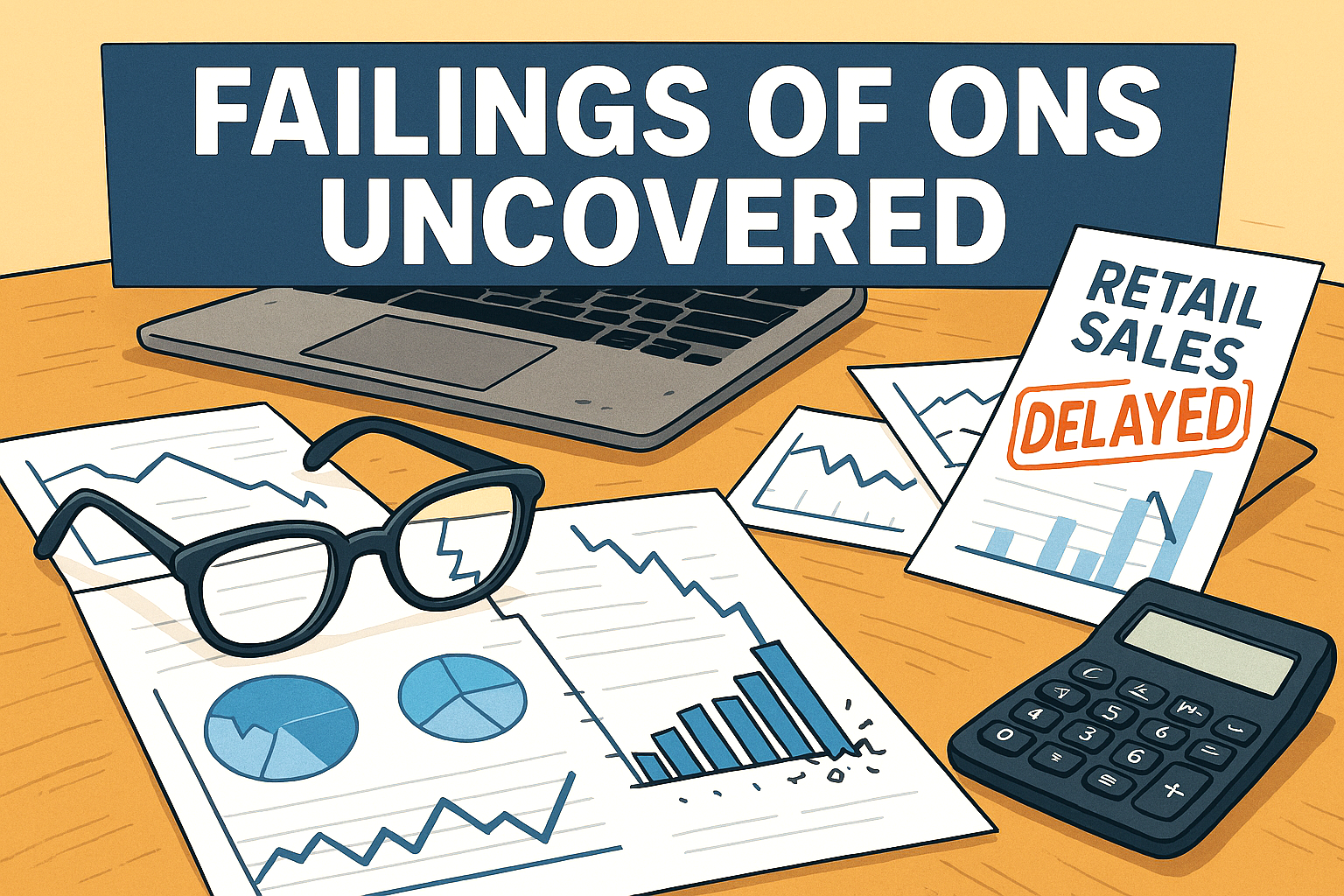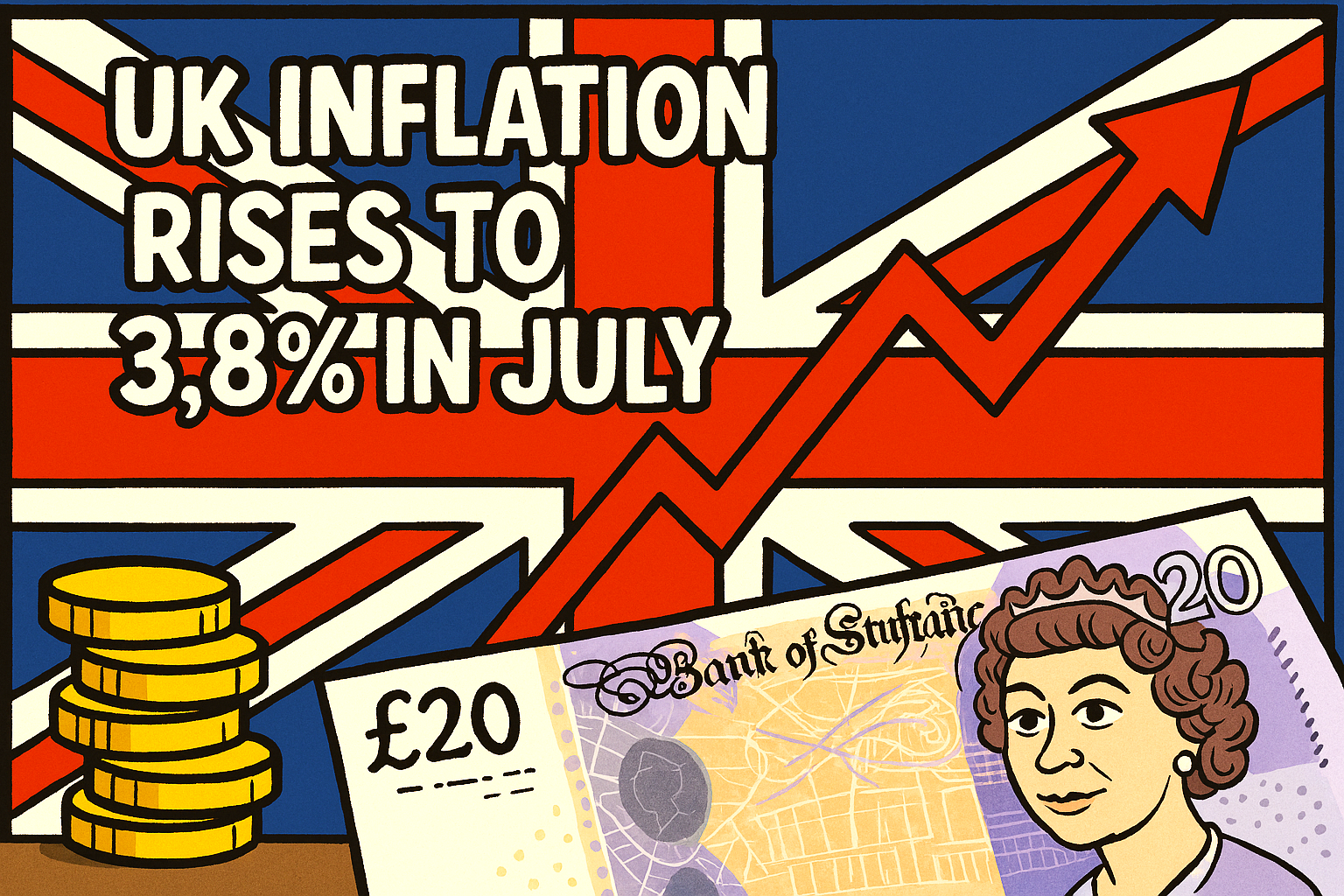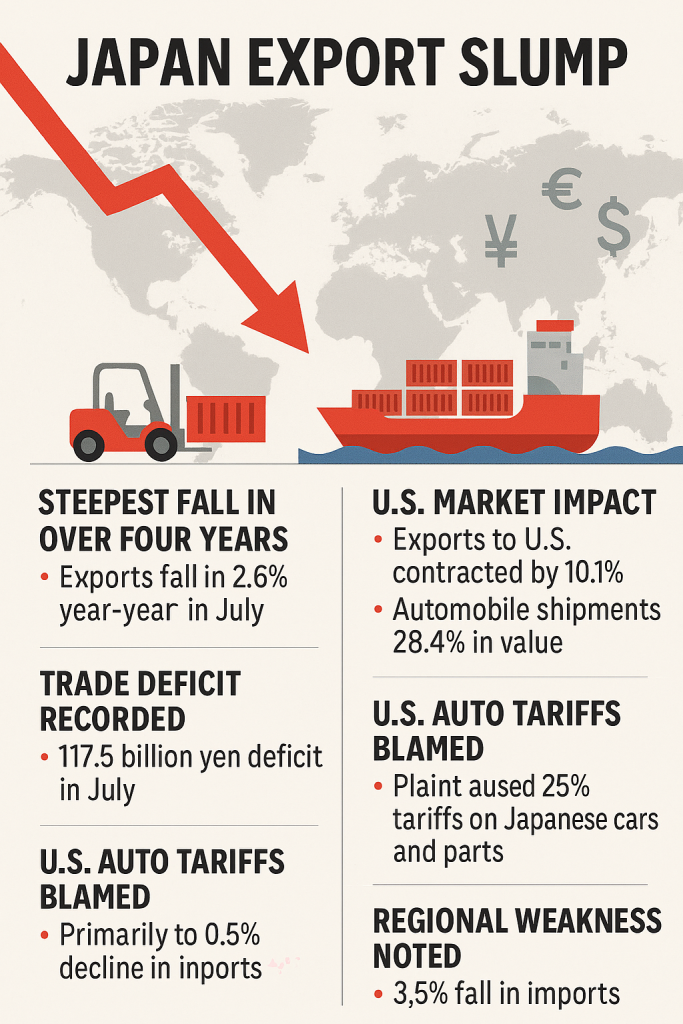The Office for National Statistics (ONS), once regarded as the bedrock of Britain’s economic data, is now facing a crisis of credibility.
A string of recent failings has exposed deep-rooted issues in the agency’s data collection, processing, and publication methods—raising alarm among economists, policymakers, and watchdogs alike.
The most visible setback came in August 2025, when the ONS abruptly delayed its monthly retail sales figures, citing the need for ‘further quality assurance’. This two-week postponement, while seemingly minor, is symptomatic of broader dysfunction.
Retail data is a key indicator of consumer confidence and spending, and its delay undermines timely decision-making across government and financial sectors.
But the problems run deeper. Labour market statistics—once a gold standard—have been plagued by collapsing response rates. The Labour Force Survey, a cornerstone of employment analysis, now garners responses from fewer than 20% of participants, down from 50% a decade ago.
This erosion has left institutions like the Bank of England flying blind on crucial metrics such as wage growth and economic inactivity.
Trade data and producer price indices have also suffered from delays and revisions, prompting the Office for Statistics Regulation (OSR) to demand a full overhaul.
In June, a review led by Sir Robert Devereux identified “deep-seated” structural issues within the ONS, calling for urgent modernisation.
The resignation of ONS chief Ian Diamond in May, citing health reasons, added further instability to an already beleaguered institution.
Critics argue that the failings are not merely technical but systemic. Funding constraints, outdated methodologies, and a culture resistant to reform have all contributed to the malaise.
As Dame Meg Hillier, chair of the Treasury Select Committee, reportedly warned: ‘Wrong decisions made by these institutions can mean constituents defaulting on mortgages or losing their livelihoods’.
Efforts are underway to replace the flawed Labour Force Survey with a new ‘Transformed Labour Market Survey’, but its rollout may not be completed until 2027.
Meanwhile, the ONS is attempting to integrate alternative data sources—such as VAT records and rental prices—to bolster its national accounts. Yet progress remains slow.
In an era where data drives policy, the failings of the ONS are more than bureaucratic hiccups—they are a threat to informed governance.
Without swift and transparent reform, Britain risks making economic decisions based on statistical guesswork.






